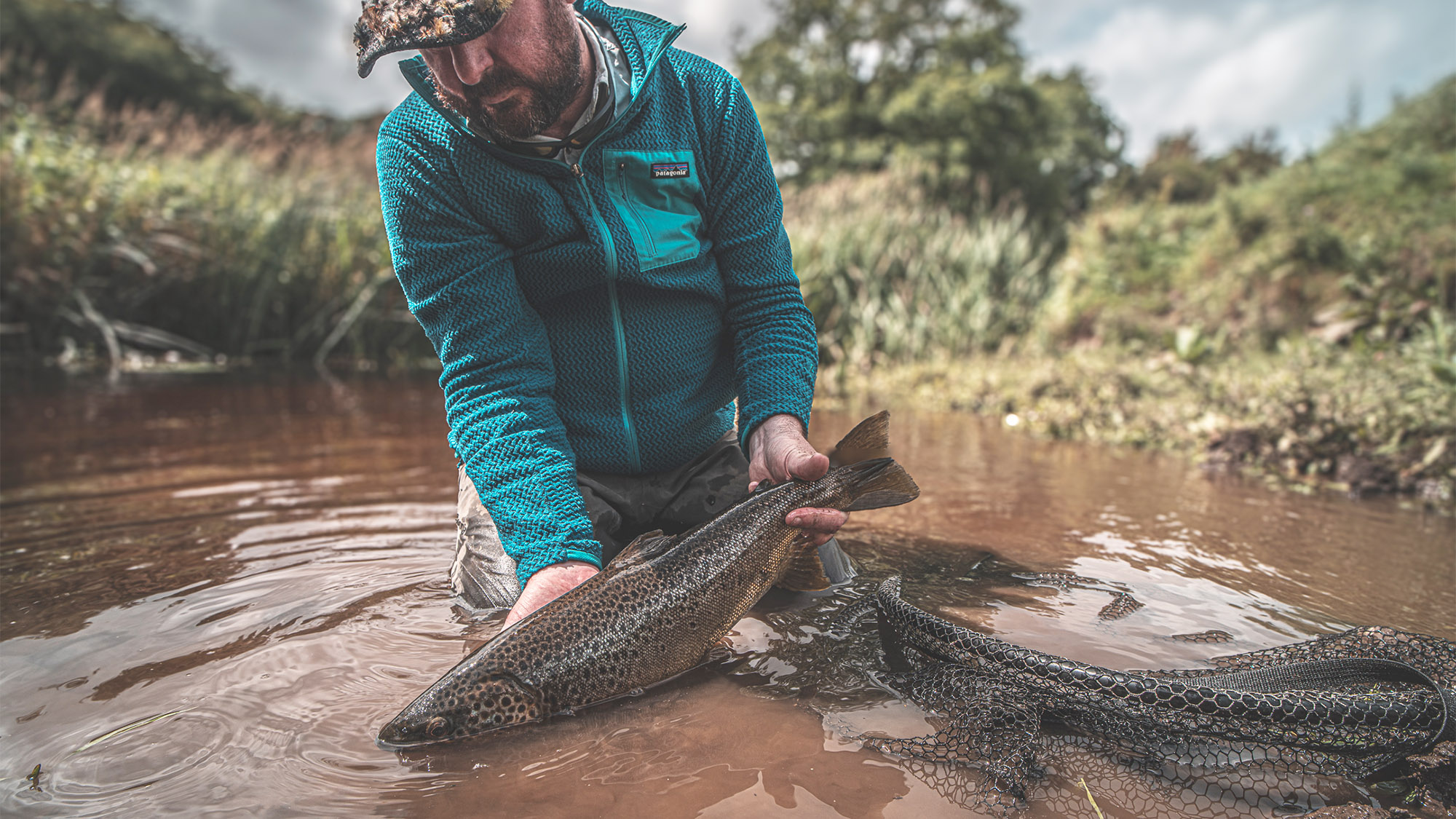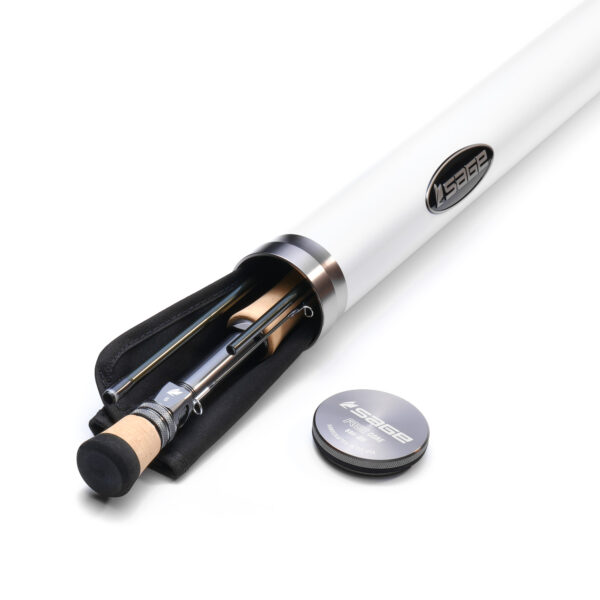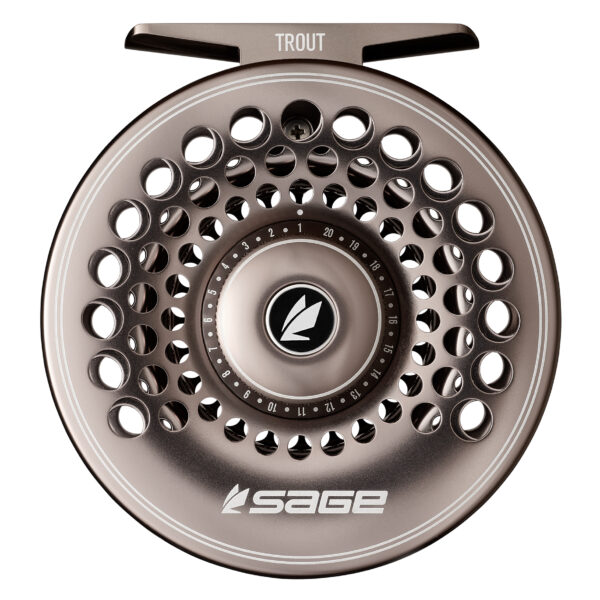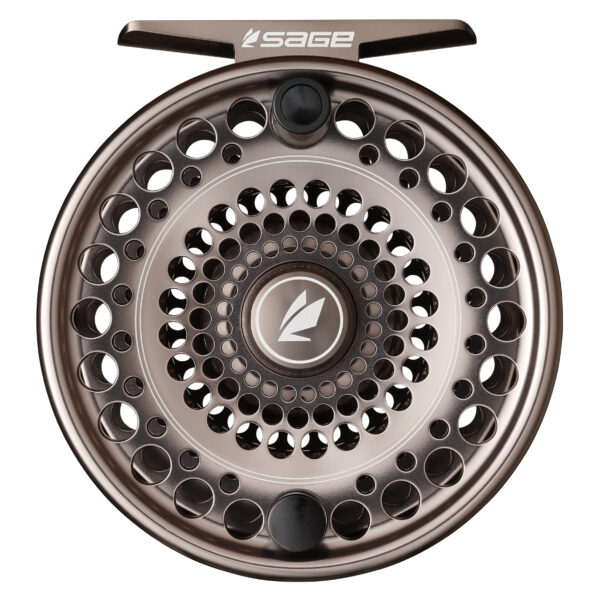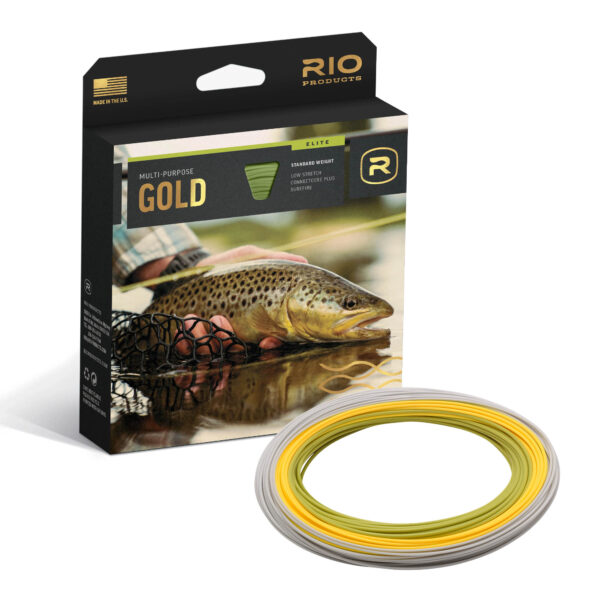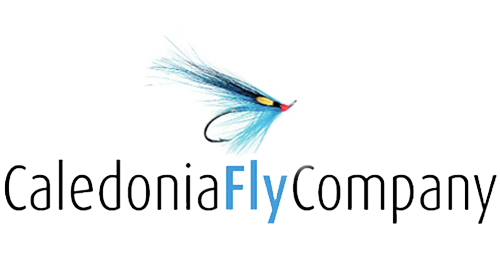The world of fly fishing is awash with myths and misconceptions, particularly when it comes to dry flies and big trout. We’re often told that catching those elusive giants on the surface requires a mystical blend of perfect fly matching and a profound understanding of the “highly educated” trout’s intellect. In reality they are wild animals driven by instinct and opportunity, and embracing this perspective could be one of your biggest advantages, so here are some practical dry fly fishing tips to help tip things in your favour.
This isn’t about discarding the hard-earned wisdom from all the clever anglers who have gone before us, but rather about subtly shifting your focus. While having good flies matter, your presentation and a clear understanding of what truly motivates a trout are fundamentally more critical. In this extended guide, we’ll strip away some jargon and tackle some commonly held beliefs, offering practical, no-nonsense strategies to help put more big fish in your net.
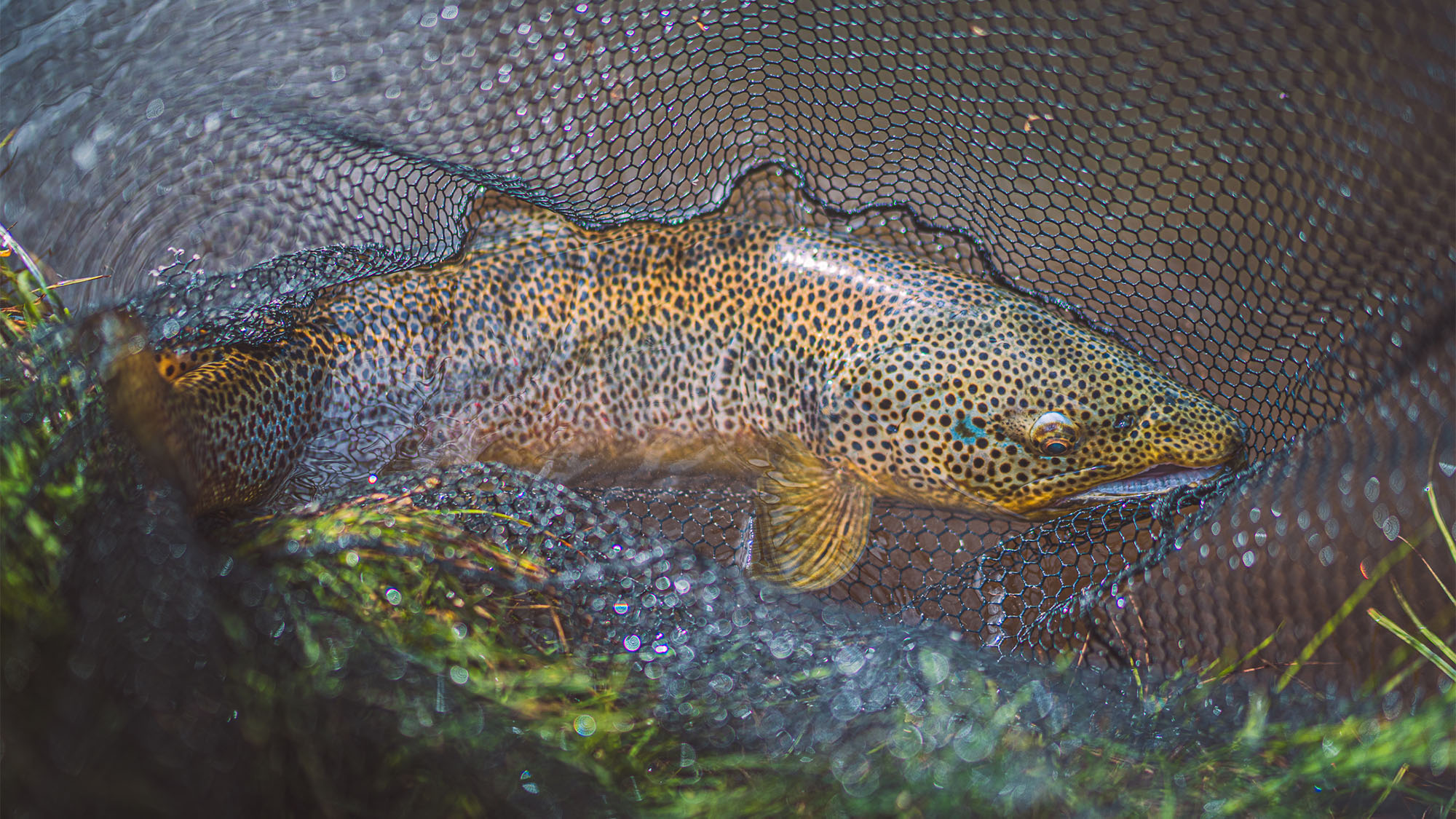
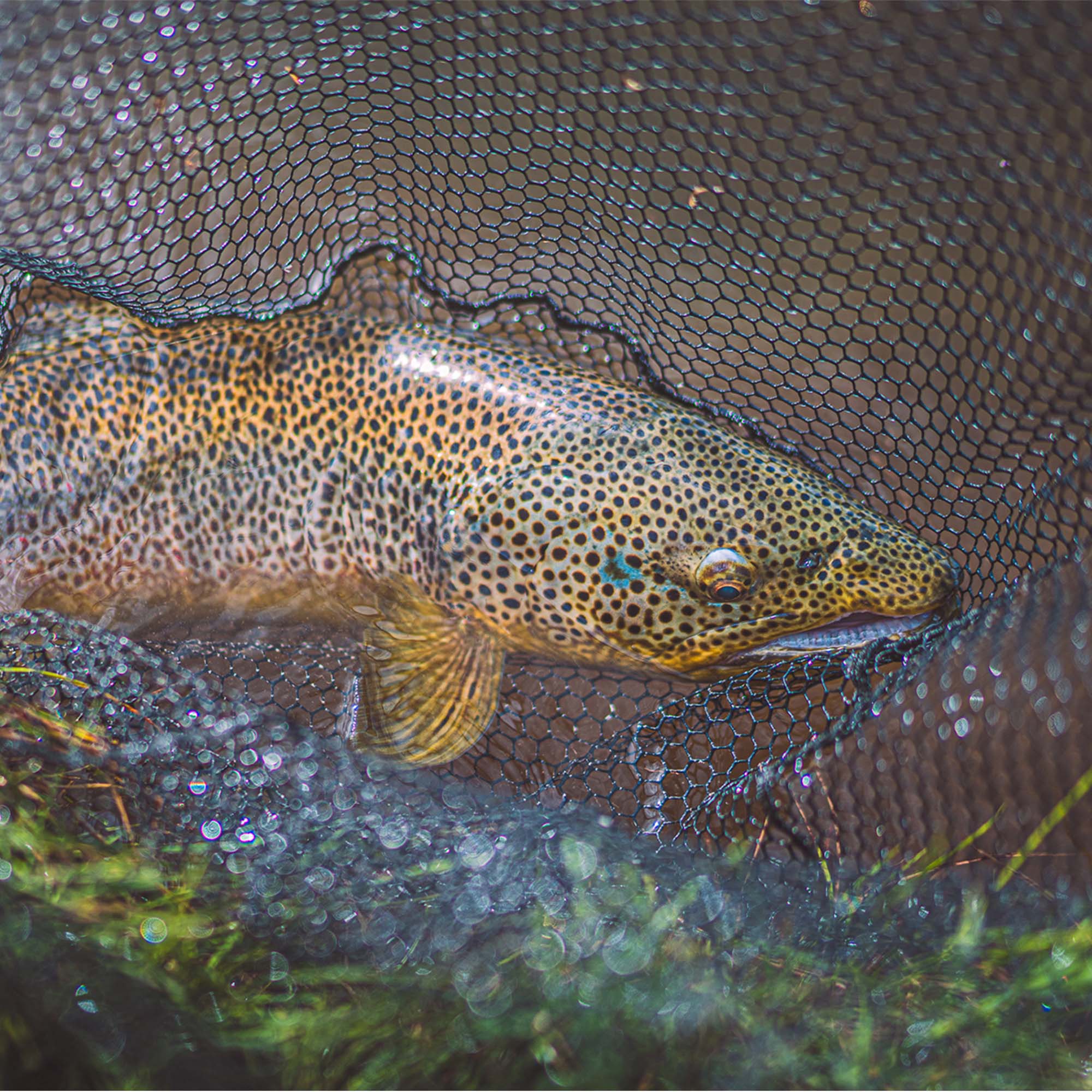
Dry Fly Fishing Tips – Presentation
A common misconception among new anglers is that selecting the “perfect” fly to “match the hatch” is the most crucial factor for success. However, experienced anglers will agree that presentation is paramount. A perfect imitation is of little use if it’s presented poorly. For dry fly fishing for trout, presentation is everything.
This over-reliance and undue worry about fly patterns can become a detrimental focus for beginners, rather than the development of skills like casting and line control. The traditions and history surrounding dry fly fishing can easily direct attention towards colour, size, and other fly attributes deemed essential. A commitment to honing key skills like casting accuracy and line management abilities is the way to go for anglers seeking substantial improvement. These skills are at the heart of all really successful dry fly fishing.
Careful thought about presentation is essential every time you approach a fish. Many people write about it, but what does it really mean? It encompasses numerous aspects, but is by no means limited to:
- Optimised Equipment: Your gear needs to work with you and not against you.
- Noise– moving quietly and stealthily to approach your target.
- Positioning– finding the optimal casting position relative to the fish and current.
- Angle of Approach how you go about presenting the fly to keep you and your rod and line out of the fish’s vision.
- Casting– How the line leader and tippet are manipulated to turn over the fly.
- Accuracy– where your fly lands in relation to the fish should vary according to surrounding conditions such as water height, clarity etc.
- Touch down– how it lands, how it sits on or in the surface film. Should it splat or land softly etc.
- Current Influence and Drift: What influence will the current and surrounding features on how the fly drifts. Should it drift naturally or otherwise?
- Exit: The first cast should matter, but if the fish doesn’t take, how you gracefully remove your fly from the water to recast if necessary, minimising disturbance.
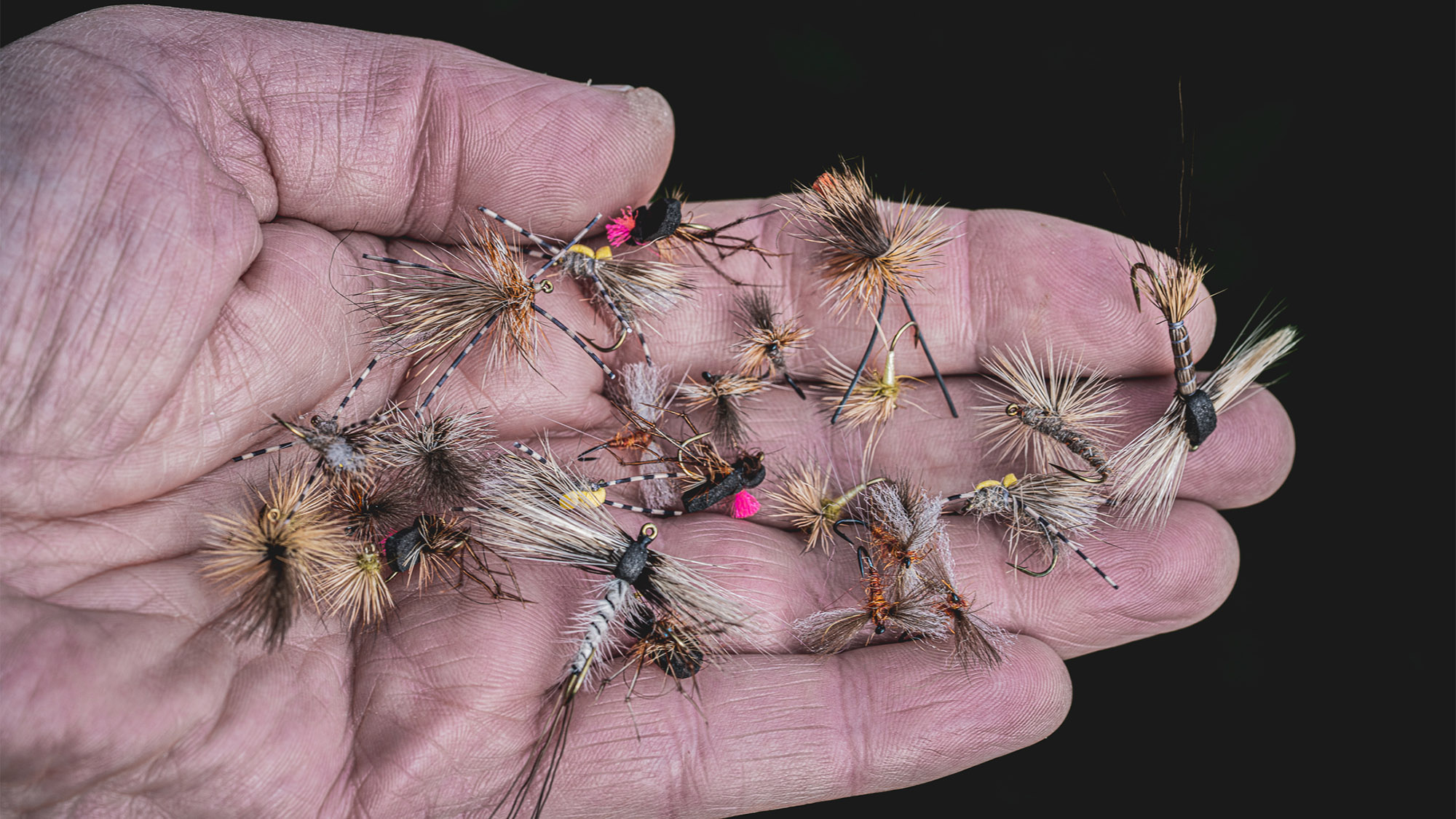
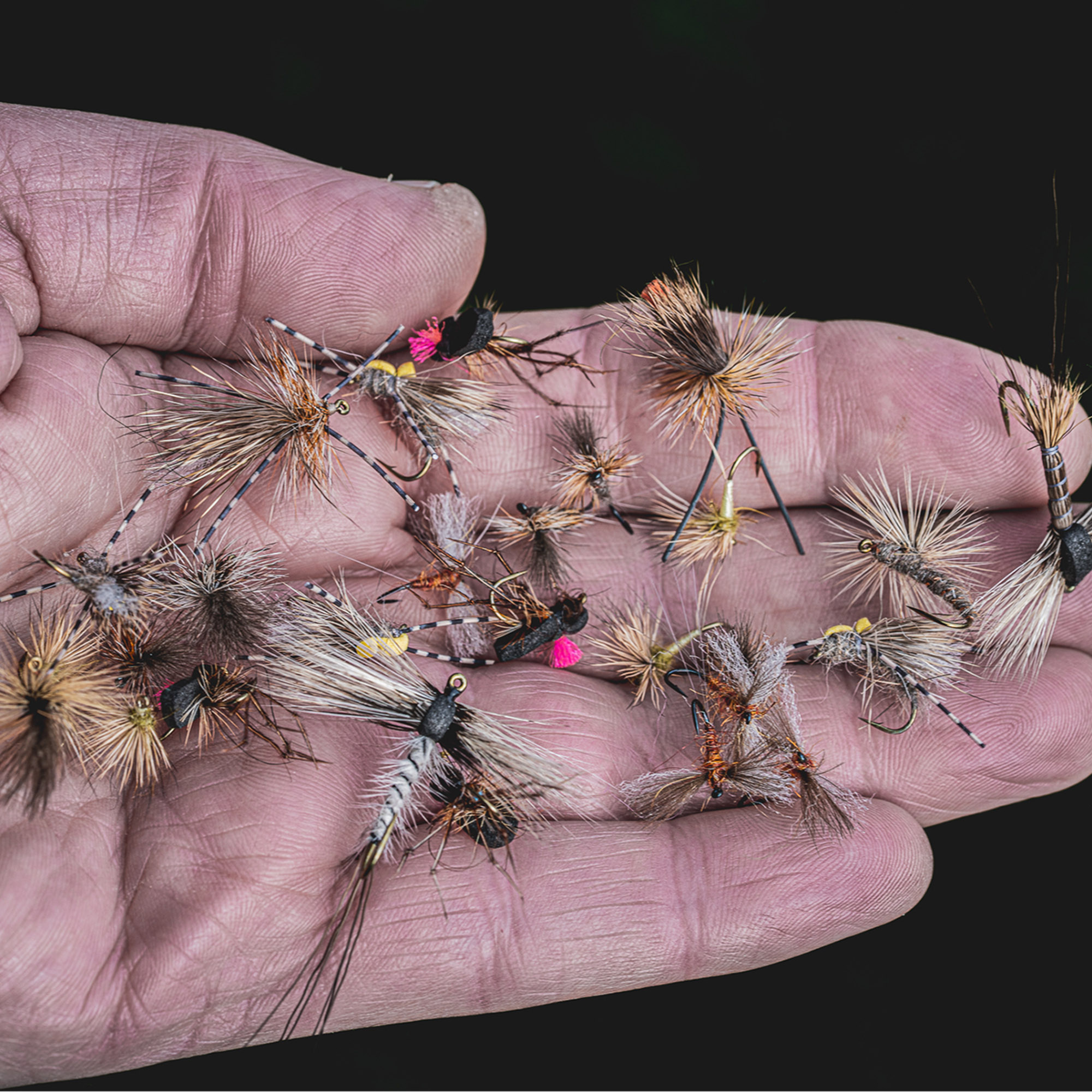
A common scenario: you cast to a trout, it stops rising, and many anglers immediately change their fly pattern, assuming it was the fly’s fault. But when you really think about it, that doesn’t make much sense. It’s far more likely the issue lies with one of the presentation points we’ve discussed. If a fish is happily eating olives and a natural mayfly drifts over it, it’s highly unlikely to suddenly stop feeding. Or perhaps the fish continues to feed and you downsize flies or change fly pattern to no avail. The problem usually isn’t the menu; it’s the delivery.
Dry Fly Fishing Tips – Fly Choice
I’m not suggesting to disregard flies at all, they are central to the sport of fly fishing. Flies are really important to me, I love tying flies, I love the creative aspect to it and view them as art. I really enjoy designing and tinkering with flies as a pastime in itself. I like generally scruffy but well-tied, suggestive patterns, and I strive to come up with simple-to-tie patterns that serve a purpose and provide a personal connection to the process of deceiving the fish. Confidence in the fly choice is the most important thing, and that is established over time. When you love the look of a fly, you’ll fish it with conviction, and that conviction translates into better presentation and focus.
I could probably cover 95% of the entire season with an F-fly, a few Klinkhammers, a spent mayfly, a sherry spinner and a few fluffy ones with rubber legs, but like most anglers, I have boxes of creations that are nice to have and experiment with.
I strongly believe that fly size and colour are less important than we are often led to believe. The brown trout, at its core, is a remarkable opportunist. They’re built to consume a diverse range of food items. In suitable conditions, they are prone to feed on the surface outside of hatch windows. How often have you seen a fish rising, but you can’t see much on the surface?
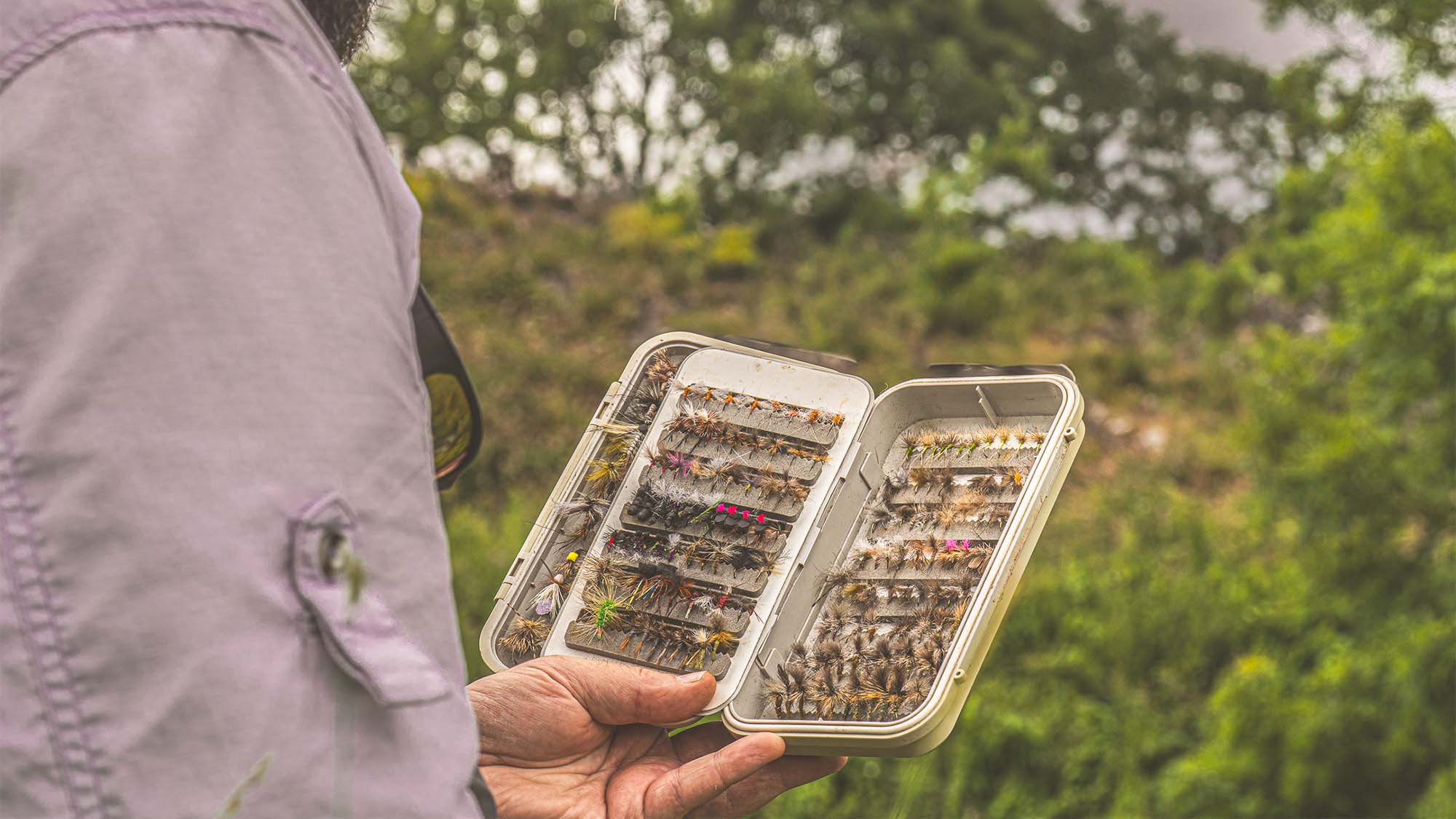

So then, the notion of steadily rising “preoccupied” trout during an abundant hatch being super-scrutinisers? That’s another one worth considering. While a fish might get into a rhythm during a good hatch or fall of fly, it doesn’t mean your fly needs to be an anatomical replica to fool them. For example, the sheer variety of patterns, range of sizes, colours and appendages that work for different anglers during the Mayfly “silly season” suggests otherwise.
While colour can be used as a trigger, the concern should not be exact imitation. When a trout is looking up from below the surface, the light from above creates a backdrop that emphasises the outline of anything floating on the water. Details like intricate segmentation, subtle colour variations, number of tails, wing venation, etc, become much less important, or even invisible.
What truly stands out is the imprint of the fly in the surface film. A vast range of flies will work at any given time. Don’t allow misgivings from anglers or even what’s been written as verbatim in books to make it harder for you than it needs to be. Take all of the information and draw your own conclusions without giving the fish too much credit for smarts! Don’t get me wrong, we have many brilliant anglers/ authors and educators to thank for innovations in the past in fly fishing. It seems that we can’t shake off the fish intelligence theories, though. I’m not suggesting that I have it all figured out. If any of us did, fly fishing would likely lose its appeal. There are great challenges to overcome, and it really helps to see trout for what they really are and not attribute human-like intelligence to them.
Below is part of the stomach contents of a large trout. There are various species of beetles, snails, wasps, mayflies, olives, nymphs, midges, and caddis. Do you think he was stopping to check the size and colour of each item?
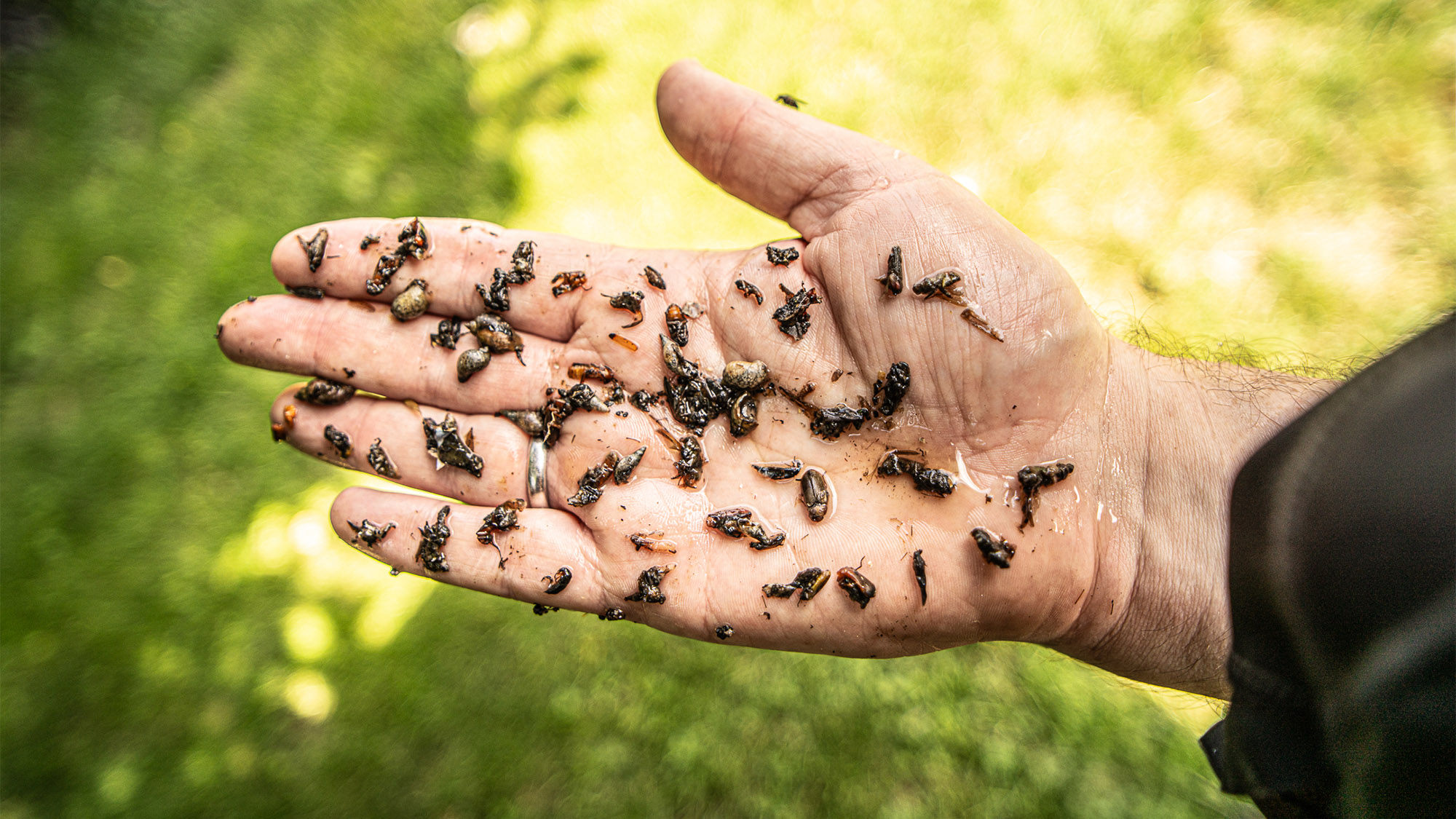
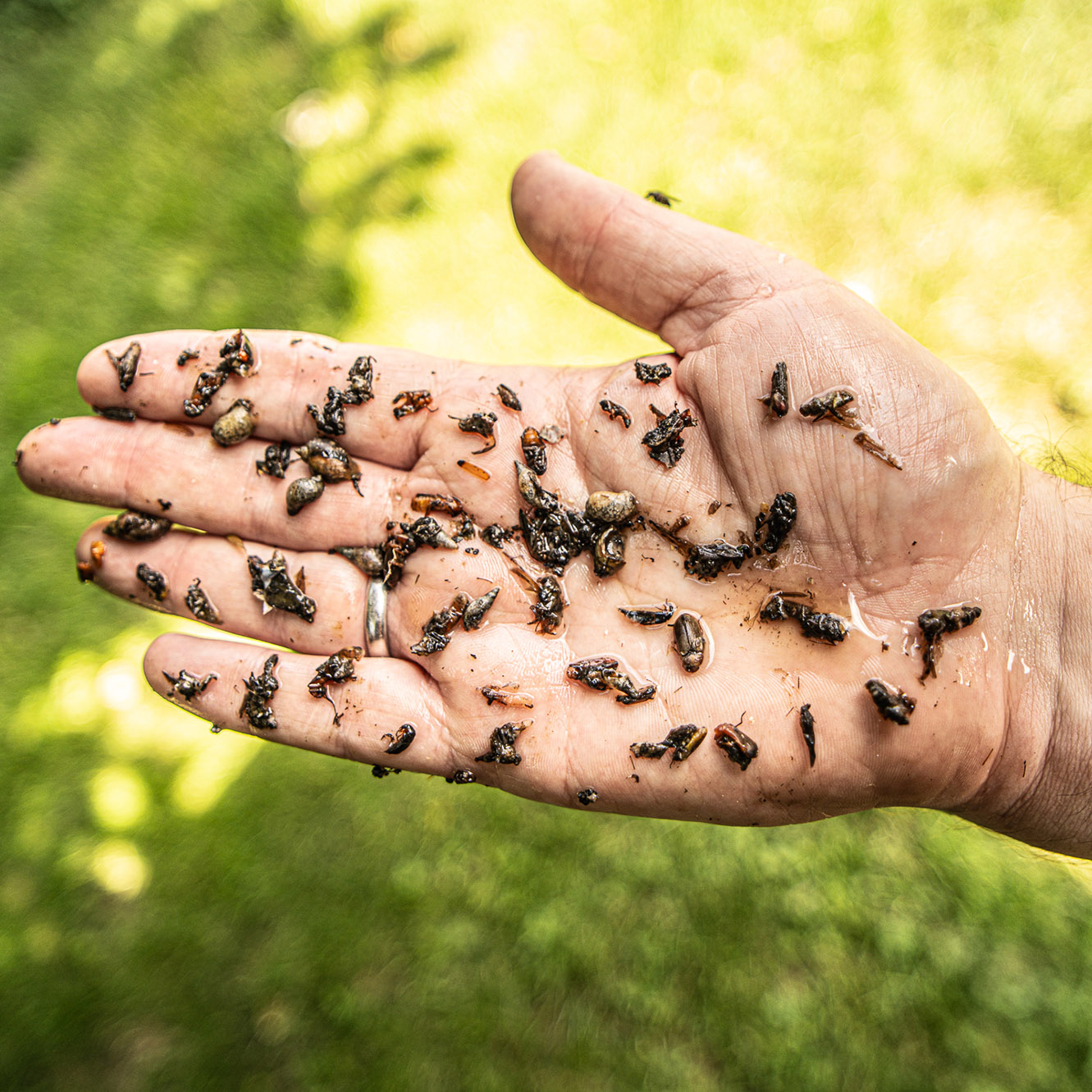
Dry Fly Fishing Tips – How Smart Are They?
I genuinely dislike the terms “educated” or “selective” when applied to trout; I believe they’re often just excuses for a plan gone awry. Trout simply don’t possess human-like intelligence. They don’t know we’re fishing for them.
I’ve personally seen countless recaptures, and there’s one particular trout over 6lbs that I know has been caught at least six times.. I recently caught a healthy 5.5lb trout during an abundant blue-winged olive hatch. No more than half an hour after I released him, my friend landed the exact same fish. Trout will respond negatively to significant angling pressure, but I would suggest that in the UK and Ireland, we don’t see that sort of pressure on fish. I have fished in other countries where specific trout are targeted almost every day of the season, regardless of any ethical considerations in that regard; they remain catchable with a good approach. While some of their behaviours might appear to be intelligent, if trout were processing and learning about anglers trying to catch them, we would struggle.
Dry Fly Fishing Tips – Gear
My go-to rod is the Sage R8 Core 10ft 5wt rod, and it perfectly suits the rivers and conditions I fish here in Ireland. Dealing with wind, line speed and fly turn over at distance. This choice might fly in the face of conventional wisdom about “protecting tippets” or “gently playing fish.” Frankly, if you’re battling a large brown trout for 10 or 20 minutes, you’re not using your equipment anywhere near its capability.
You can and should apply a tremendous amount of pressure to 4X and 5X tippet. A 5lbs brown trout should be in your net in 3-5 minutes, preferably closer to 3. Don’t be scared to look at fast-action rods for dry fly fishing. Often, people who shy away from them don’t have the fundamental skills to use them effectively. If you learn to control the tip of the fly rod correctly, you can cast any rod. and don’t be too quick to overline them. You can easily achieve a gentle, accurate presentation with a fast rod.
For lines, a standard trout taper WF fly line is all you need. I pair this with a 9ft tapered leader and about 6 feet of 4X or 5X fluorocarbon tippet.
If you feel your casting is holding you back, invest in some casting lessons from a certified fly casting instructor. Seek out the best in the business. Good technique isn’t just helpful; it’s everything.
Now, for what might earn me some strange looks: my McLean Seatrout net. It’s a non-negotiable piece of gear for all my brown trout fishing. Standard short-handled trout nets don’t cut it for netting larger trout under challenging spots. Many Irish rivers, especially where big browns reside, are often overgrown with high banks. Yes, it’s a large item to carry, but it has repeatedly been the difference between success and failure. Crucially, it also allows me to keep the trout safely submerged if I’m on my own and want to photograph or weigh a fish before release quickly.
For fly care, Loon Top Ride is invaluable for reviving saturated and slimmy dries, and Loon Lochsa works wonders on all dry flies, including CDC.
Finally, a forceps isn’t optional; it’s essential for quick, safe hook removal. Large trout have surprisingly spiky teeth, and sticking your fingers into their mouths almost always results in a cut and a very sore infection later. Don’t learn that lesson the hard way.
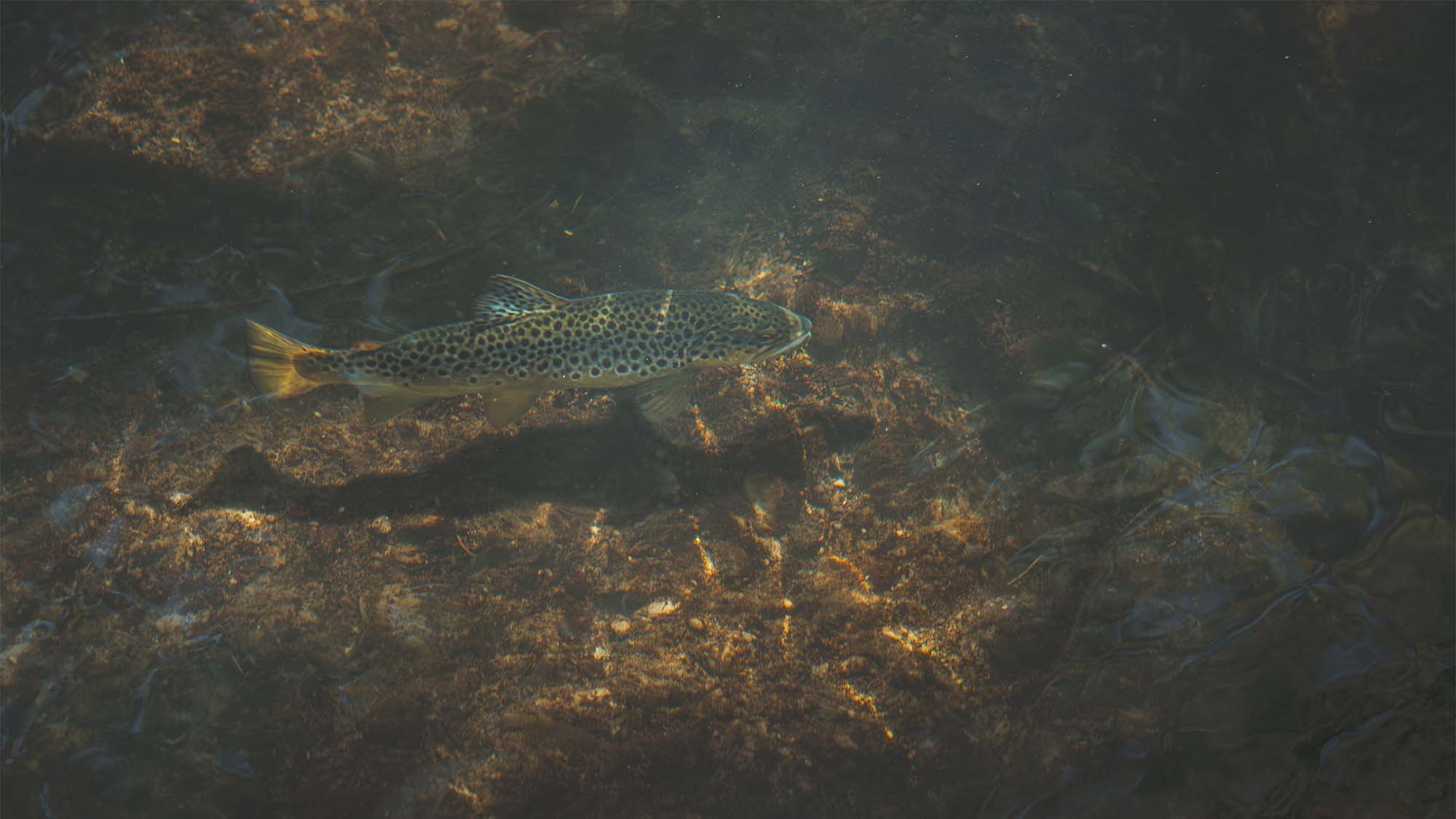
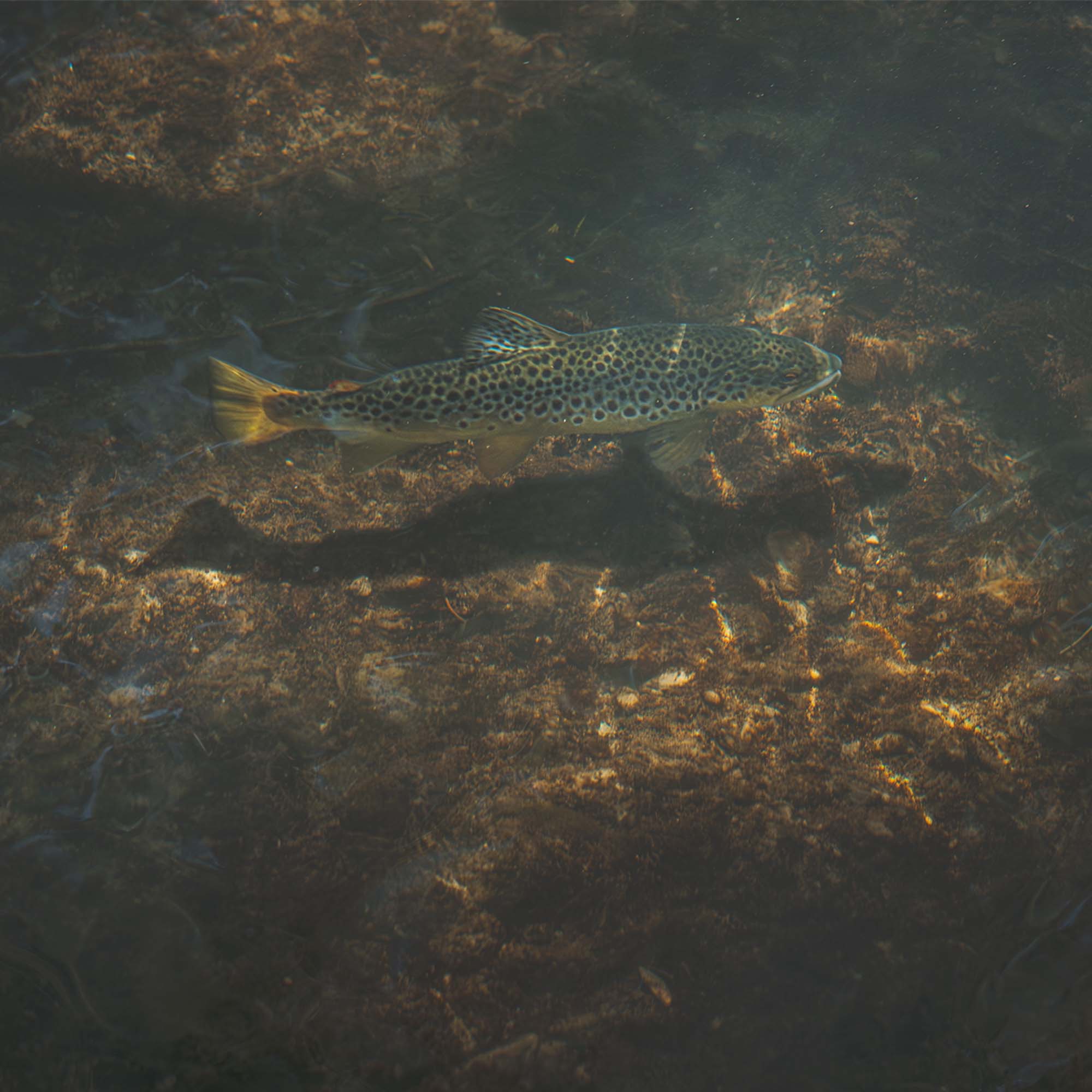
Tips & Tricks
All of the dry fly fishing tips below are carefully considered, and if you take them on board, it will make a huge difference to your dry fly fishing.
- Keep notes of your fishing experience in terms of weather, Barometer, water conditions, and hatches. Information that may help build up a picture over time won’t always be retained in your head. I love reading back on old notes, it’s nice to remember specific days on the river, and it often corrects slight inaccuracies in my memory of events.
- When you find a fish rising, take your time to observe. Don’t rush. It is tempting to make a cast as soon as possible, but if a fish is feeding well, you have time. Rushing and allowing adrenaline to take over often results in a mistake. Take a deep breath and begin to form a plan. I can’t tell you how many times I’ve got excited after finding a rising fish on a slow day and was over enthusiastically lengthening the line only to catch the fly in an obstruction or splat the fly down on the fish. In addition to this, it pays to look at the frequency of the rise forms to know how to proceed. The big guys will often cruise.
- Practise casting accuracy outside of fishing. Casting is at the heart of fly fishing. Some people go through their entire lives not really learning how to cast well and they are really missing out. As you progress, the tricky casts that result in success give so much satisfaction.
- If you rise a fish and don’t get him. It’s easy to think it’s completely game over. You’d be surprised at the number of times a fish will be back feeding in a short space of time. Take a walk and come back. Recently, I was casting into a horrible wind to a tiny bit of shelter on the far bank. A large fish was cruising along the narrow band of calm next to the bank. His beak was breaking the surface every 3 feet, taking olives. In my haste to get a cast in front of him and through the wind, I landed the fly on his head with a splat! He stopped rising. I had the feeling that he would rise again so I wandered off for 30 minutes and was thrilled to see him again on my return. He was 4.5lbs in the net and I was delighted my mistake had been forgiven!
- Use your ears, you can tune into the sound of rising trout. I often hear them before I see them and would otherwise keep walking. If it looks or sounds fishy, wait for a while and observe. I was walking along the river bank a couple of weeks ago and the only bit of shelter from the wind was underneath a high bank on the far side of the river. I couldn’t see into the pool because of high reeds on my bank. I stopped for a couple of minutes and thought I heard a faint but familiar kissing sound. I moved closer to the reeds and heard it again, the unmistakable sound of a trout taking a fly from the surface. I poked a hole in the reeds below where I thought he was and there he was tucked into a corner taking every mayfly that passed his way. I watched him for a minute to get an idea of what he was up to and dropped a fly to him and he was a nicer 3lber.
- Move very slowly, keep a low profile, and avoid peering into pools. Cultivate patience and quiet movement. It’s amazing how close you can get to fish with a cautious approach. If you are low, fish will generally not spook.
- Don’t think that you ever have it all figured out. Keep an open mind and be willing to trust your instinct and adapt to situations.
 (£)
(£)
 (NOK)
(NOK)  (DKK)
(DKK)  (SEK)
(SEK)  (€)
(€) 
